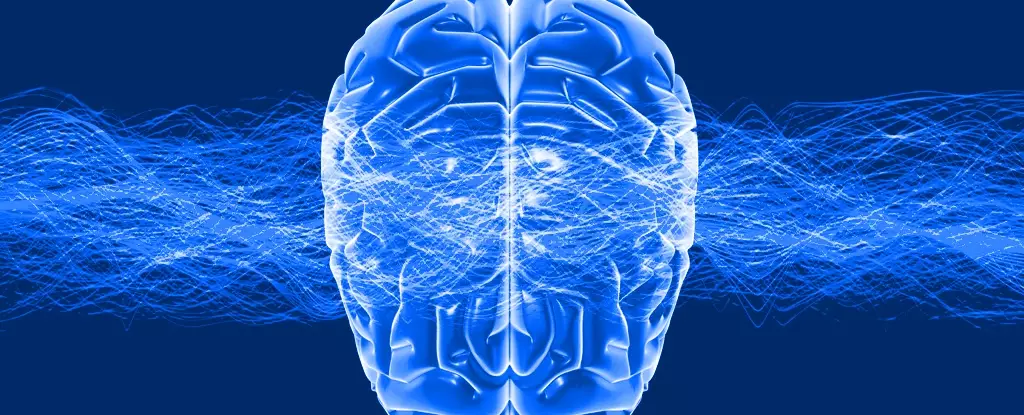Addressing pain in the brain is a complex challenge due to its crucial role in our daily lives. However, a recent study by researchers at the Virginia Tech Carilion School of Medicine has unveiled a new non-invasive method utilizing ultrasound to alleviate pain perception and its associated effects. This innovative approach shows significant promise in manipulating the brain and providing relief, particularly for individuals dealing with chronic pain.
The focus of this ultrasound technique is directed towards the insula, a region of the brain closely linked to pain sensation. Despite being deeply situated in the brain, ultrasound waves can precisely target this area, offering a means to manage pain more effectively. While previous studies have explored the impact of ultrasound on the brain, this study marks the first attempt at targeting the insula. By involving 23 healthy volunteers to provide feedback on mild pain sensations, the researchers were able to demonstrate the efficacy of insula targeting in alleviating pain while also enhancing heart rate variability, a key indicator of pain sensitivity.
The findings from this study open up new possibilities for pain management strategies. The researchers suggest that further investigations could delve into the intricate relationship between the heart and the brain during pain experiences. It may even be feasible to address pain by focusing on the cardiovascular responses to it. Despite the modest pain relief observed in the study, the implications are profound. This non-invasive and controllable method of ultrasound treatment has the potential to significantly improve quality of life and reduce reliance on prescription medications for chronic pain management.
The use of ultrasound for pain relief represents a promising avenue for future research and development. By enhancing our understanding of how the brain responds to pain and exploring innovative treatment methods, we can pave the way for more effective and accessible pain management solutions. The possibilities offered by ultrasound in this context are truly exciting and hold the potential to revolutionize the way we approach pain relief in the future.



Leave a Reply